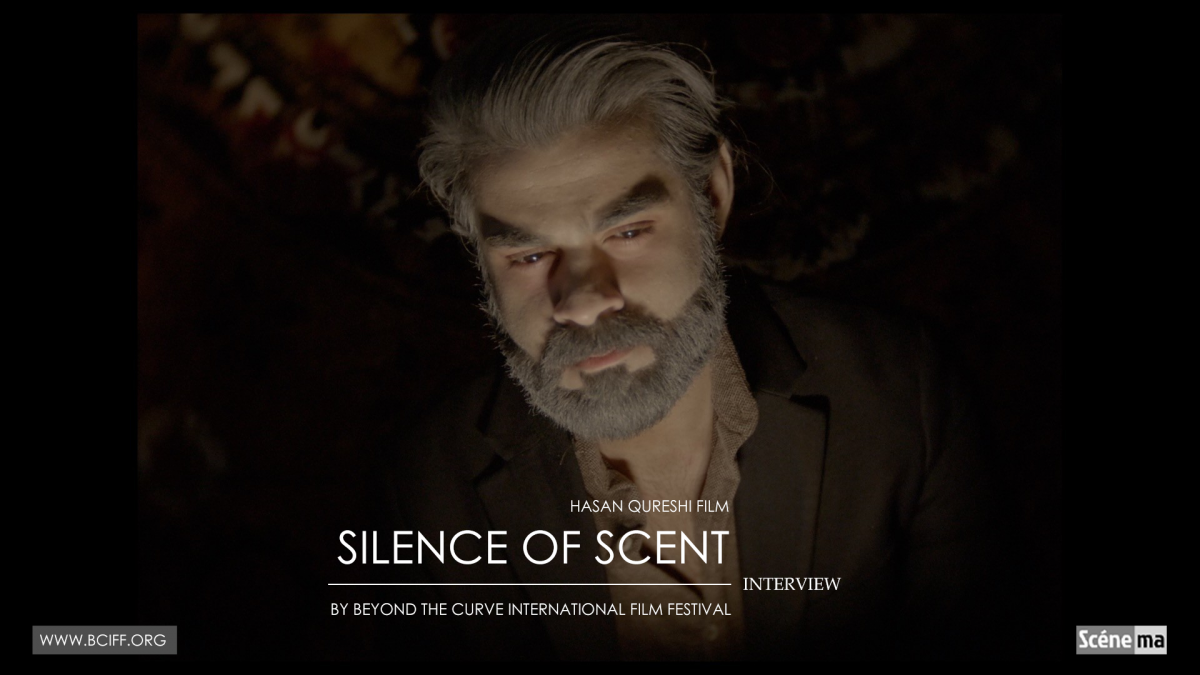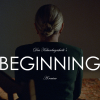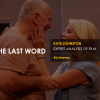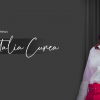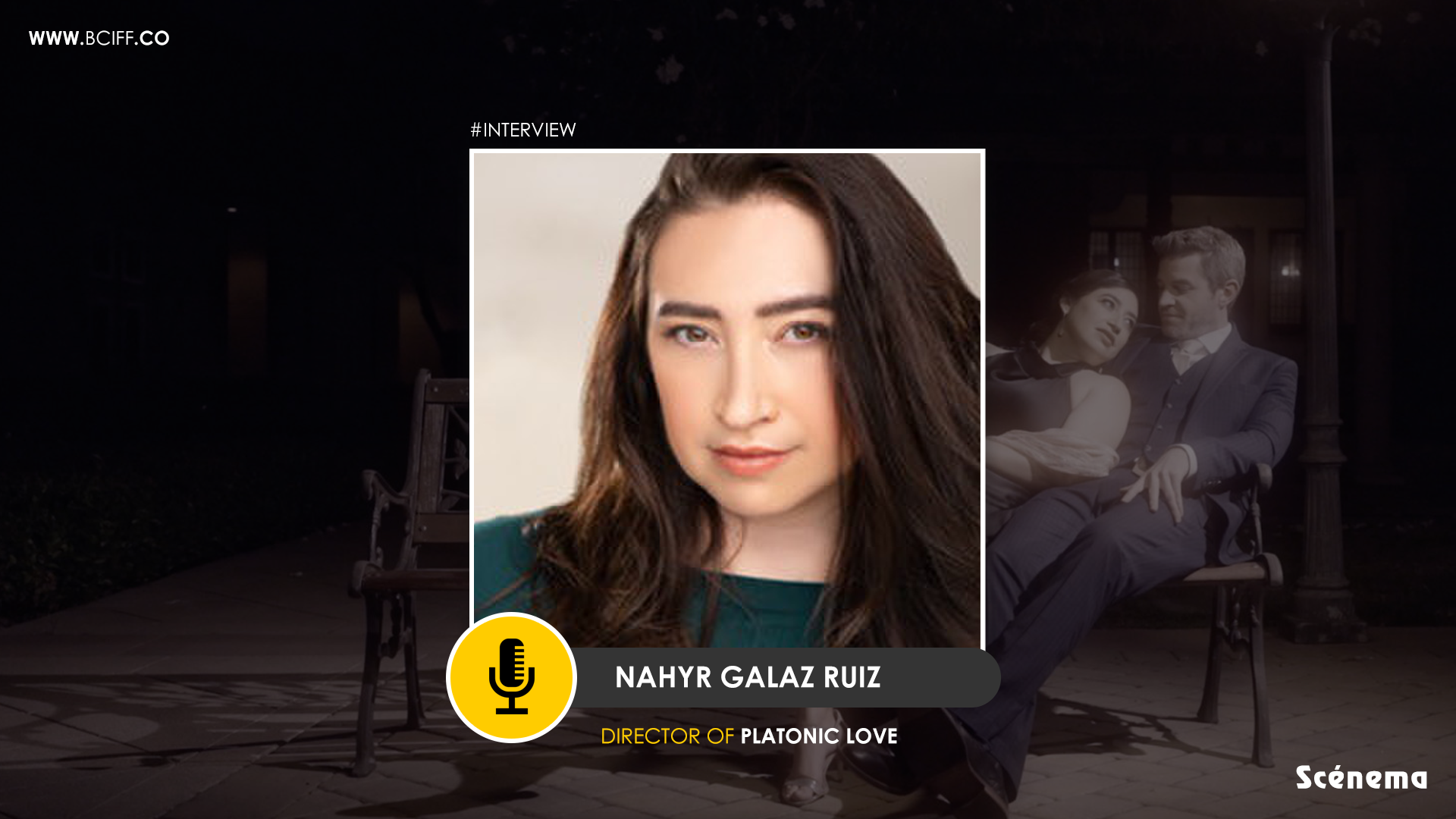Movie : Silence of scent
Director : Hasan Qureshi
What got you hooked to the mammoth world of cinema? Do you remember the first movie you watched? What was the experience like? Do you have an interesting story to share about the specific experience of watching your first movie?
I don’t remember the first film I saw, but I do remember my first movie theatre experience of watching The Mask(1994) and being scared of the look after the character would put on the mask.
Initially, I only wanted to act in films because of the films and characters I grew up watching. Although, now I don’t find those films and performances to be that great, but the range of things those characters could do were endless. From being a common man to being a superhero was fascinating to me and those were the parts I wanted to play.
Around 2009 I was exposed to world cinema and independent cinema which was very different from what I grew up watching. It was the first time when I saw unusual concepts, actors being simple characters not heroes, & stories that were more meaningful and not gimmicky. Those stories had a believability factor and that’s what inspired me to make films.
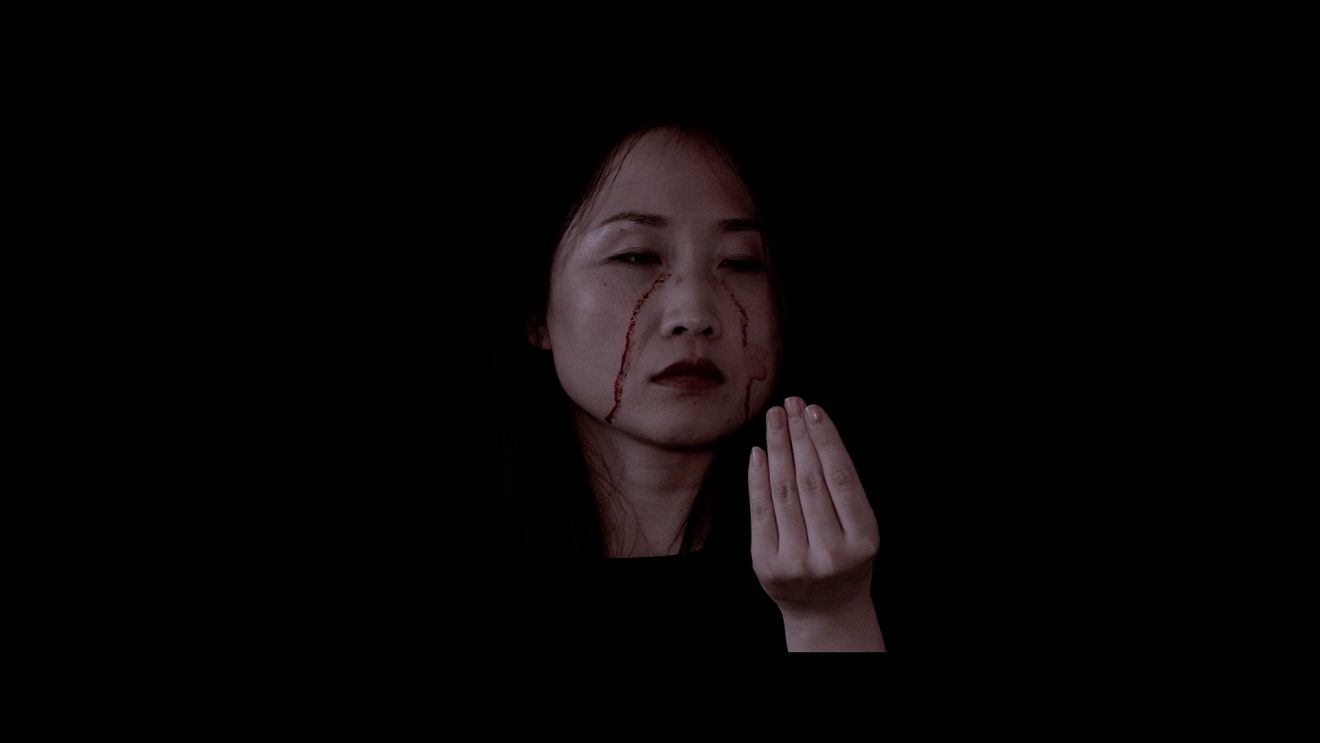
What were the genres you preferred watching? Who were your favourite directors? Were you inspired by them?
I really enjoy comedies, drama, arthouse, & zombie films. There are many names, but the ones that had a huge impact on me were; Pedro Almodovar, Vikramaditya Motwane, Martin Scorsese(70’s & 80’s films), & Wes Anderson. I would also like to give a special mention to Wes Anderson’s, The Grand Budapest Hotel (2014) because this film really sparked a desperate desire and really pushed me to work towards making my first film which eventually happened in 2017. Until then I was still leaning a little more towards acting.
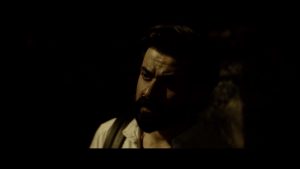
I would certainly consider Wes Anderson & Vikramaditya Motwane’s films to be the main inspiration because of their aesthetics and style of storytelling. That being said, I still get inspired when I see a good film and I am still learning.
Would you recommend a few movies for us? What would be your top five, all time favourite movies? Movies you believe everyone must watch.
I would recommend Udaan by Vikramaditya Motwane, The Grand Budapest Hotel by Wes Anderson, Taxi Driver by Martin Scorese, Amoress Perros by Alejandro Gonzalez Inarritu, & almost every Pedro Almodovar with Penelope Cruz. I would also like to mention That Girl in Yellow Boots by Anurag Kashyap for making an amazing film with very minimal resources and also focusing more on the storytelling aspect.
For now my top 5 would be the names mentioned above along with any film by Almodovar to be the 6th. It’s tough to pick 5 because it changes from time to time, but somehow I keep returning to these films.
Did you take any amount of inspiration from Patrick Suskind’s novel or the adaptation?
There was no inspiration from Perfume by Patrick Suskind nor was it part of the research. The perfume/cologne aspect of the film comes from a bedtime story my grandmother told when I was 4 or 5 and also my personal love for colognes. The other social elements in the film are the missed out elements from the article my last film Charlene (2021) was inspired by.
There is also some inspiration from real events & people. Although, I’m not sure how accurate those stories and events are but those elements seem to fit in the film.
Tell us something about the character of Jen. The character has been dexterously written. She has several layers to her successfully avoiding the folly of appearing unidimensional.
This character was actually written after 25-30% of the film was shot. Initially, the story was supposed to be told from a prostitutes perspective & it was mature character. Also a different actress was playing that part, but because of scheduling issues it fell apart. Then a second actress was casted, but it didn’t work out. By then I had put the film on hold and a couple of months later I thought of approaching Ramona Vornicu for the part and when she agreed on being a part of the film I rewrote the main character and also made the character younger. That is how the character was born.
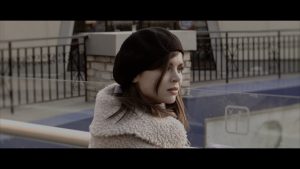
I had written a similar character for another film which I never made so it didn’t take me too long to put her in the world of Silence of Scent, but it had to be done with a lot of sensitivity because of her disability. The biggest challenge was to keep it real and believable which required working closely with the actor.
Since she is at the centre of everything, the audience gets to explore the world and characters of Silence of Scent from her point of view. She is also one character who’s aware of the past, but isn’t aware of the present because she is self consumed with her inner battles and is in pursuit of overcoming her weaknesses.
What do you have to say about the performances? Specifically the performance of Ramona Vornicu.
I am very satisfied with all the performances. Specifically speaking about Ramona, before we got to the filming stage she did a lot of homework and we had a lot of discussions about the execution, the costumes, the mannerism and also the silent moments. I remember she used to watch a lot of YouTube videos and we worked together on making the character as believable as possible. Overall, she performed exceptionally well and I was very satisfied with each moment that was captured on camera.
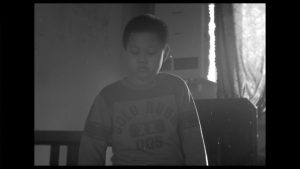
The location performs a vital role in the movie. It is a profound character in itself. What according to you was the significance of the location? Do you believe it performed an active role in the narrative?
The locations do play a very important role in the film. The film is set in a fictional town close to the Russian, China, Kazakh, & Mongolian border as told very early in the voice over so it was important for me to have locations which are obviously Asian, but also have a European touch. That’s why most of the film is set between two locations which share visual characteristics of both regions. One location was well lit and crowded and the other was a bit rusty, darker, and quiet.
The two locations also had their own characteristics. One was a place of tension and the other a place of peace. It was a tool for creating a world for the characters and that’s why every main character is shot at the same location in different timelines which worked with connecting their stories.
There is a presence of an eerie silence in the movie. Was it a part of the initial plan? To make silence voluntarily unsettle the atmosphere, never letting the audience believe that the silence could indicate peace.
The eerie silence was always part of the film, but there were more dialogues in the earlier draft. It has been used to build up tension and also reduce it. Silence has different meanings depending on the character and scene. Like you said it could indicate peace and tension. It all depends on what’s going on in the scene.
Silence is also an integral part of the film because of its main character, Jen. She never heard any sound except for a buzz in her ear. She is aware that sounds exist by having headphones in her ears at all times when she’s out, but doesn’t know what it’s like. The whole idea was to make the audience feel and see things from her perspective.
Tell us something about the technical aspects of the movie. The colours that you wanted to use and the background score as well.
The first few things that I worked on were; the aspect ratio, colour, & the sound of the film. Initially, I wanted to have this film in 4:3 aspect ratio, but it wasn’t working out fully with establishing the locations. The second reason was I wanted different timelines to look different & they should only look the same when they merge. So eventually 4:3 was used for the past and the part when the character was trapped and when free the aspect ratio changes to 2:35. Also the present day timeline is in 2.35.
The same goes for colours because a small portion of the film is black and white and the rest is colour with variations depending on the mood of the scene. There is one scene in the film where the colour grade actually happens on screen in one shot and I used that as a tool to communicate with the audience to show how the character may be free now and is seeing colours which were never seen before, but is also walking into darkness. There was a lot of work put in creating the visual language of Silence of Scent.
Coming to the sound, the quiet & silent moments had to be separated before getting to the background score. There are also a few scenes where both merge with additional sounds. Sounds of surroundings which may not be seen on screen, but would be around. Not having any conversational dialogues in the film did help, but it was a bit tough to decide where and how much background music would be needed in certain parts because it was a bit overdone in the first edit of the film.
The background score in the film also helps build up tension. The editing of certain scenes heavily rely on the beats of the sound track and also establishing tension & releasing tension for the characters and the audience. In some cases, it is also used to describe the psychological state of the characters.
I would like to take this opportunity to thank Chris Collin, who recently won Best Music award for Silence of Scent for his music. His music really helped elevate some scenes and also create some emotional moments in the world of Silence of Scent. This was my fifth collaboration with him and I would also like to mention he’s currently working on the soundtrack of the sequel of Silence of Scent.
The story impeccably combines the real and that which is beyond. What exactly do you think the scent signify? What exactly is the nature of metamorphosis effected by the scent?
When we like the smell of something we want to have it, but not everything that smell good is good for us. This simple concept is used in the film and it also connects to the psychological aspect in the film.
Silence of Scent is set in a scented town and scent works the same way for each character. At first it creates hope and later conflict. Scent is also the main tool that connects the stories and characters in the film. Without scent there wouldn’t be any connection between the characters.
Scent can be perceived as many things in film; it can be a villain, a saviour, a power, a weapon, etc. It’s a silent mystery left to the audience to decide how they want to perceive it.
In the end, I would like to take this opportunity to thank Beyond the Curve International Film Festival & Scénema magazine for supporting independent filmmakers and sharing their journey of filmmaking. It’s a great platform for all independent filmmakers to get exposure. I would also like to compliment the team for their proactive communication with filmmakers throughout the festival and later for additional exposure. I wish the entire team of BCIFF & Scénema all the best for their future editions.

